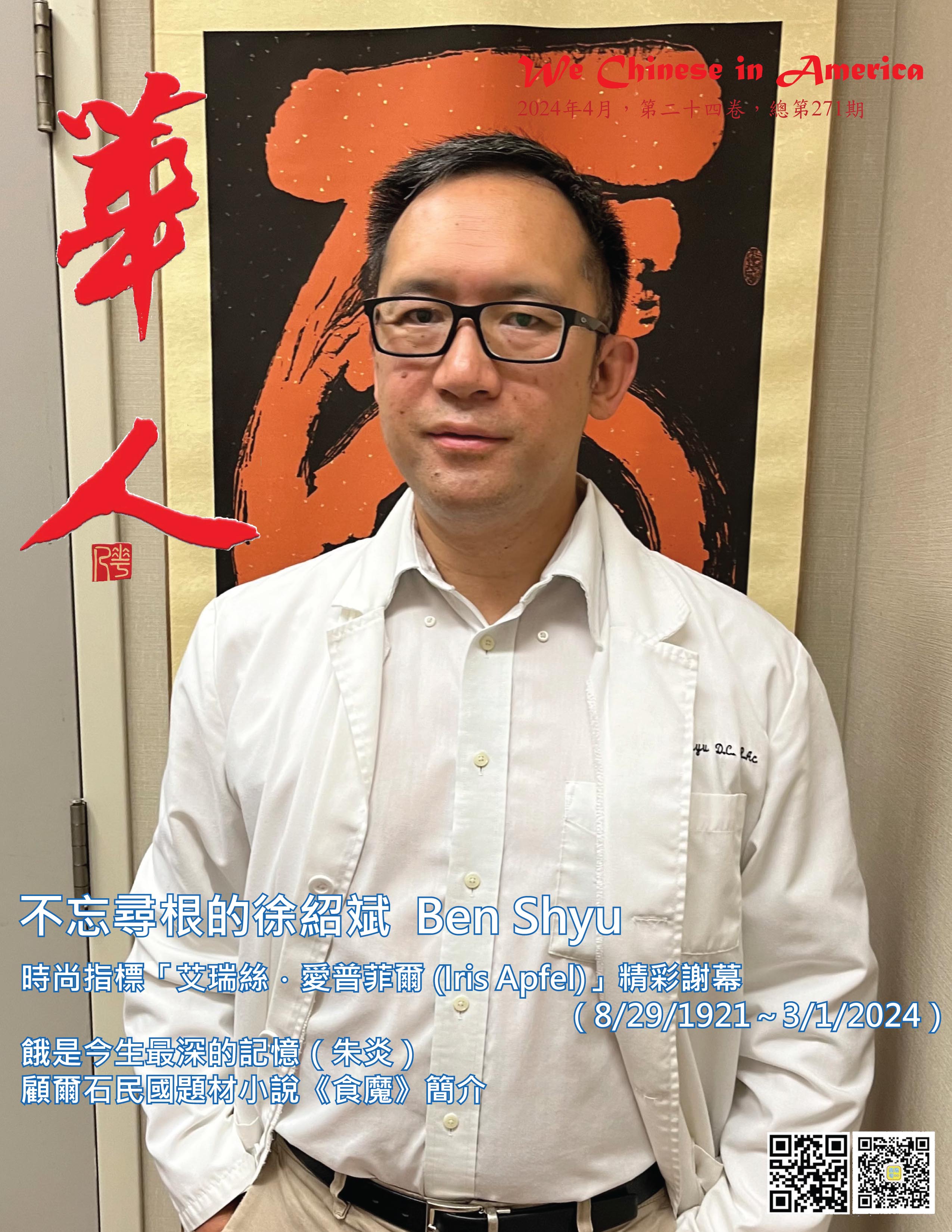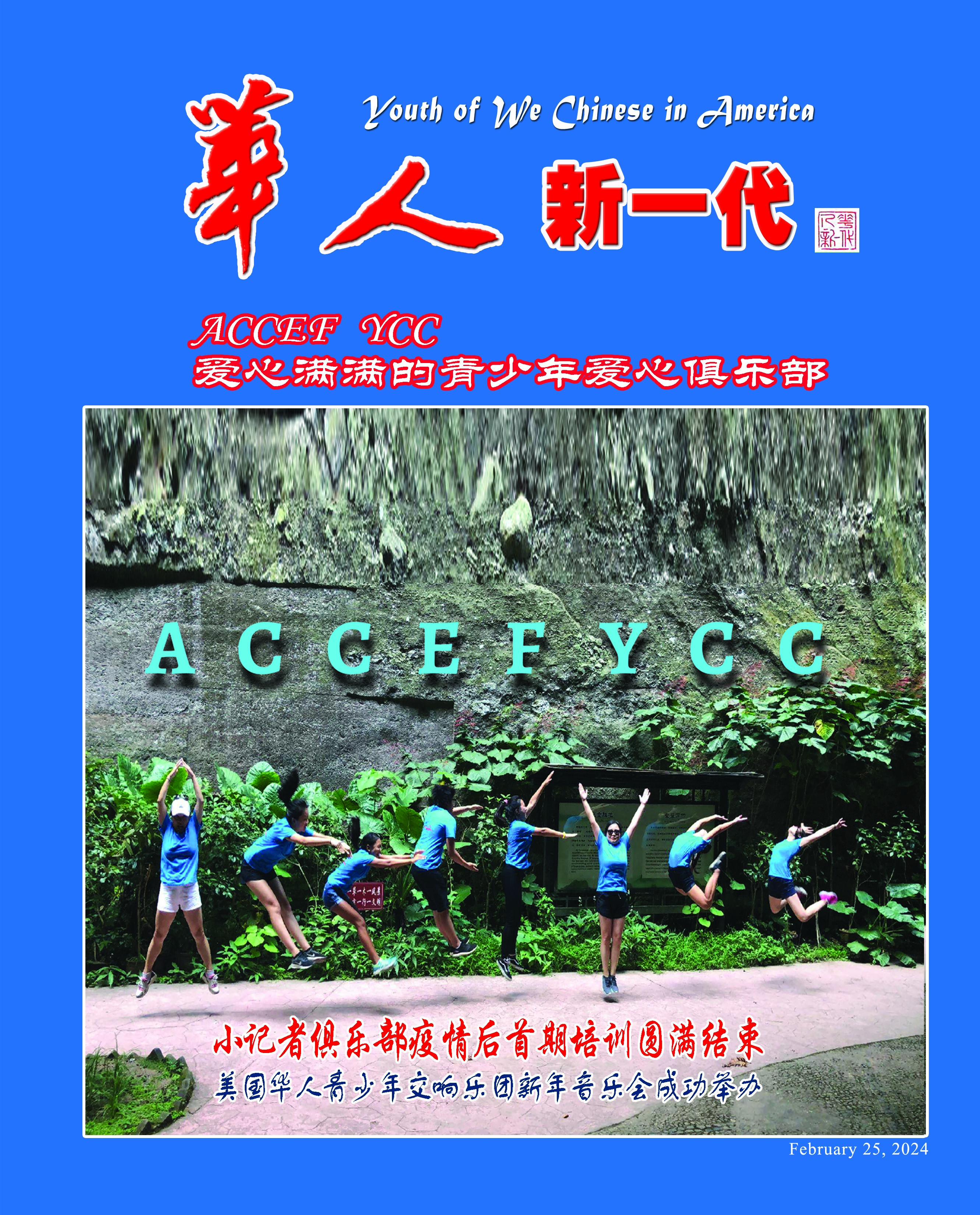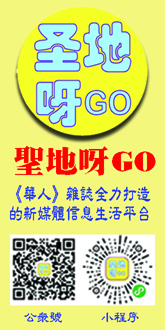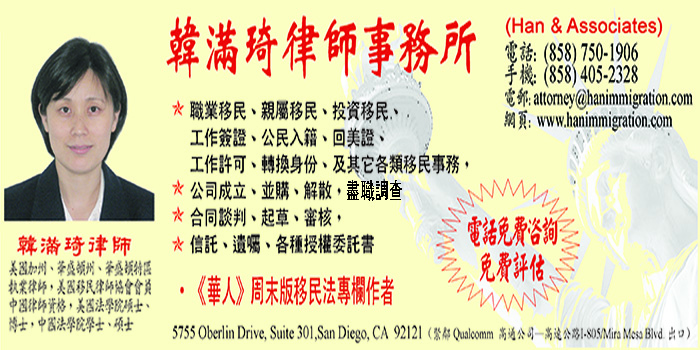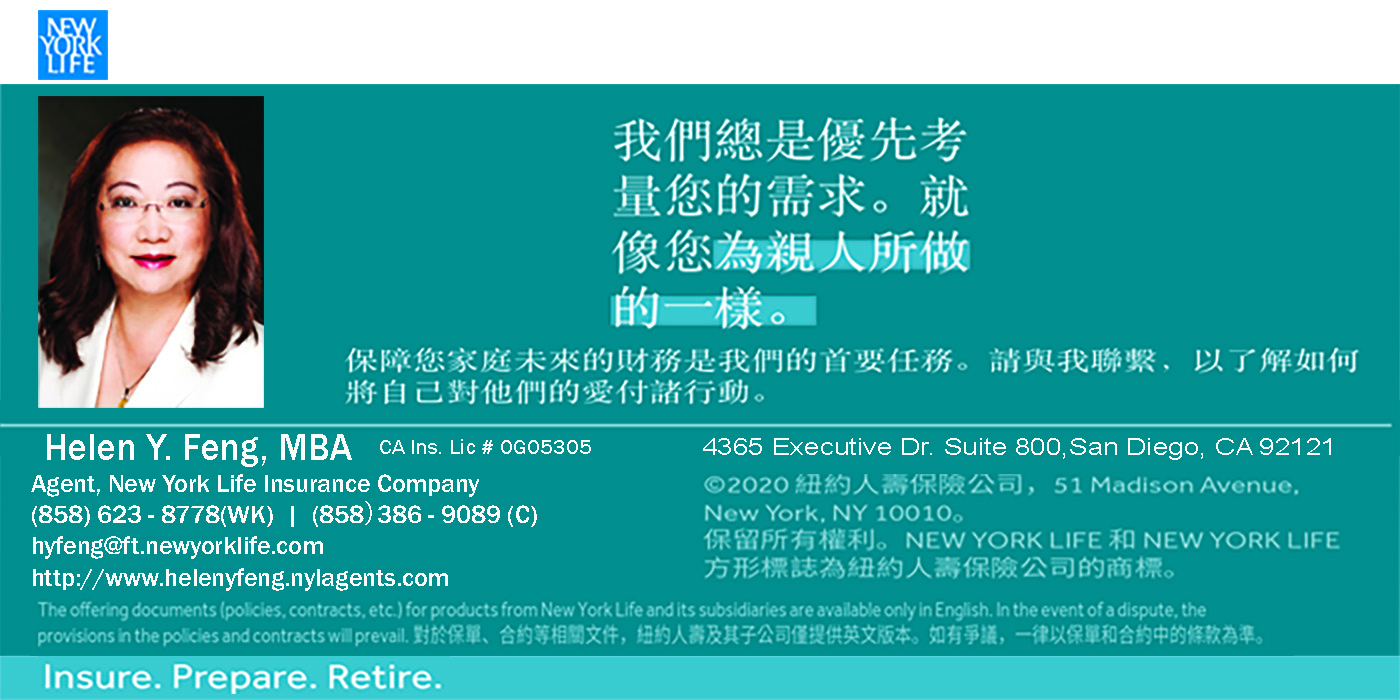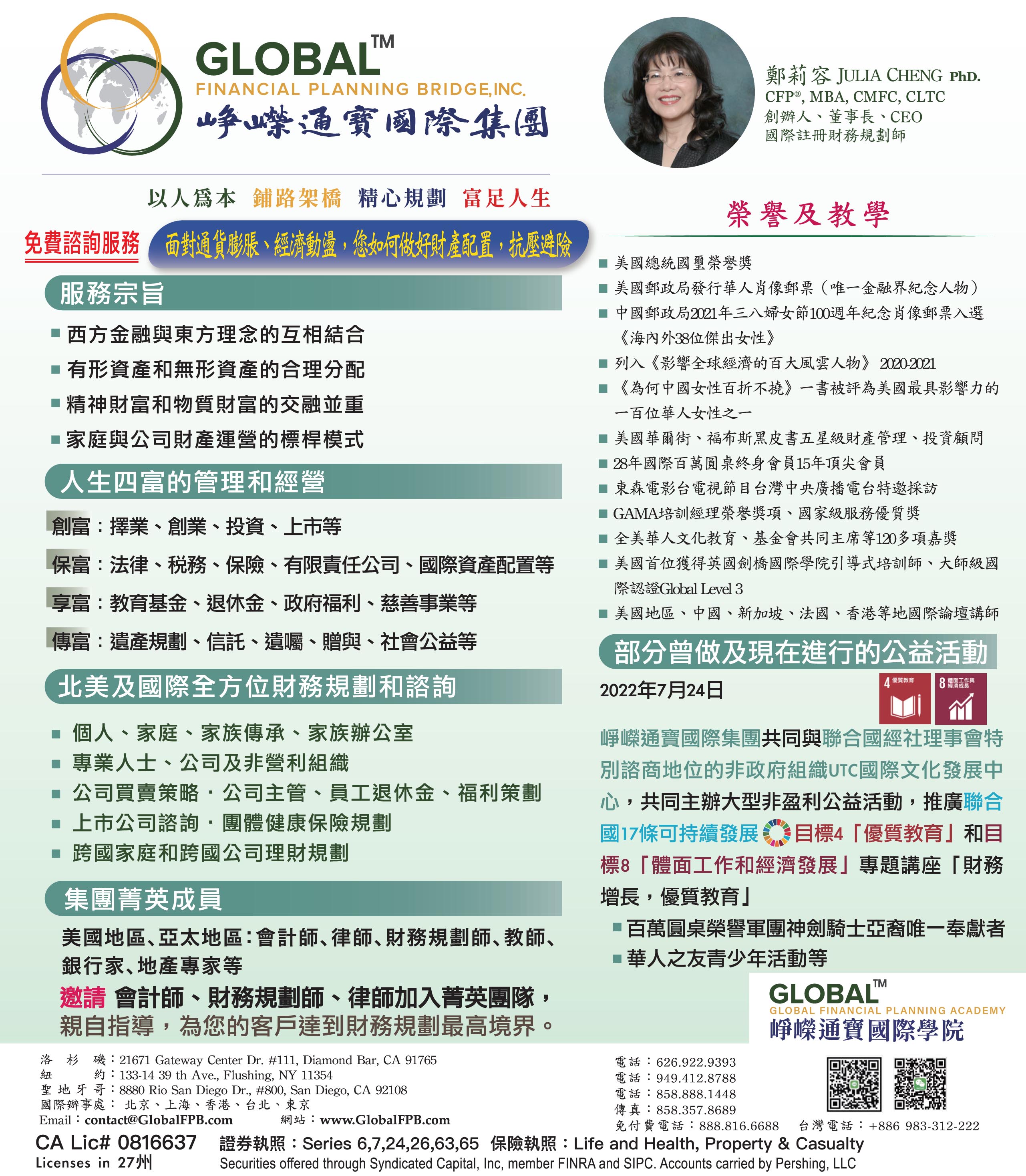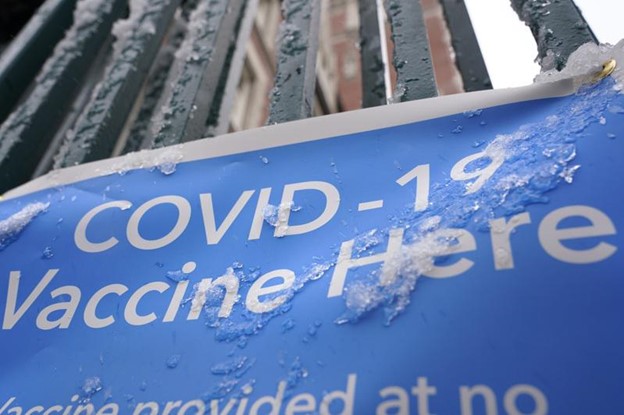
Quick Sieve is Not Reliable? Continuous Screening of Negative and Positive After Gatherings. Researcher: New Reagents Are Coming Soon
The latest model shows that the number of deaths from the new COVID 19 epidemic in the United States will usher in a peak, around mid-March, and vaccination is still the priority. Pictured is a vaccination station in New York City. (Photo from Associated Press)
(We Chinese in America Media Editor Tang Zhao, January 19, 2022) When the federal government started to provide free rapid screening reagents, it was also reported that more and more people had obtained negative results with the rapid screening reagents at home. Whether the test just provides a "false sense of security" is a matter of concern; the researchers said that "rescue is coming", and two new FDA-approved rapid screening reagents are expected to be launched by the end of January, and the detection of Omicron variant strains is very effective.
Preliminary data show that some rapid screening tests are not sensitive enough to the Omicron variant virus that currently dominates the epidemic; the Food and Drug Administration (FDA) acknowledged this problem on December 28 last year, stating that "early data show that the antigen rapid screening test (antigen tests) detect the Omicron variant, but the sensitivity may be reduced."
A week later, a small study of PCR tests at the Yale School of Public Health found that 30 people infected with the virus in New York and San Francisco failed to detect the virus on day 0 and day 1 of rapid screening tests. PCR tests in 28 of those cases showed that the virus levels in the patients were high enough to be infectious at the time.
Later, California researchers conducted a larger study of 731 samples and found that although Abbott's new coronavirus rapid screening test performed as well as the other variants at detecting the Omicron variant, it was mainly in symptomatic people; asymptomatic people only About 10% of laboratory-confirmed positive cases were detected.
The researchers recommend that "repeated rapid antigen screening should be performed for individuals with a negative initial BinaxNOW test result."
The good news is that the researchers say that the FDA issued emergency use authorizations in late December for two rapid-screening tests developed by Roche and Siemens Healthineers, which could be available as soon as January, and It works well in detecting Omicron.
Regarding the use of rapid screening reagents, experts said that a single negative rapid screening result cannot rule out a person being infected, so it is recommended to use the reagents at least twice within a few days.
"Some people don't turn positive until two, three, or four or five days after exposure, and these uncertainties," said William Schaffner, a professor at Vanderbilt University Medical Center. “Therefore, the rapid screening reagents should never be used as a judgment tool for isolation or release.
Quick screening, also known as antigen test, is cheap and can be performed by most people at home, and results are available within 15 minutes; but because it does not amplify the virus, it needs to produce enough antigens in the body to show a positive result.
But experts stress that a positive result from a rapid test should always be considered a true positive, Emory University biomedical engineer Wilbur S. "If the rapid antigen test shows you are positive, then you are probably positive and probably infectious," said Wilbur Lam.
(Source: Compiled from Online Information)




